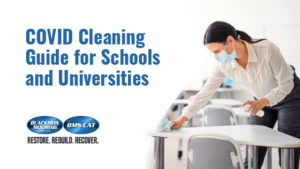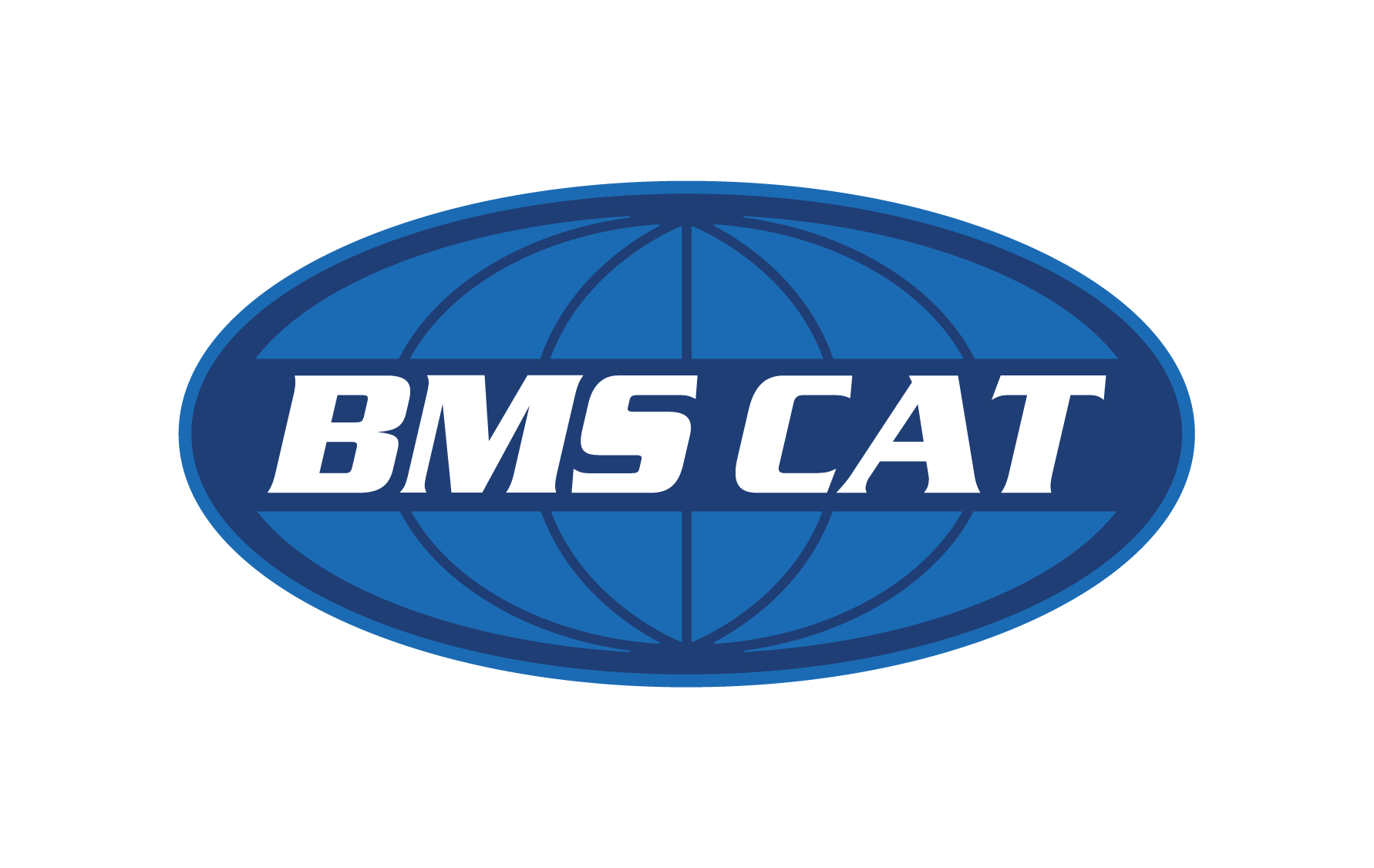 Reopening schools right now may seem risky, but it is essential. And, if done properly, it can be safe for all those involved. The first step is for schools to clean and disinfect their campuses carefully.
Reopening schools right now may seem risky, but it is essential. And, if done properly, it can be safe for all those involved. The first step is for schools to clean and disinfect their campuses carefully.
We’ve put together some guidance, based on the CDC’s current knowledge of COVID-19, to help school administrators as they aim to protect the health and safety of the students, teachers, staff, and their families.
School Cleaning and COVID-19 Disinfection
We know that the virus that causes COVID-19 is mainly spread by respiratory droplets expelled by coughs or sneezes and breathed in by someone nearby.
Another way the virus is spread is that if a person touches a surface contaminated with the virus and then touches their eyes, nose, or mouth, the virus can then enter their mucous membranes.
This is the reason that thorough and regular cleaning and disinfection of schools is of utmost importance. These are two critical everyday actions that need to take place in schools.
They will each help slow the spread of COVID-19 and other infectious diseases. But what’s the difference between the two?
- Cleaning: This will help to remove germs and dirt physically from high-contact surfaces or objects. Cleaning is done with soap/detergent and water. By eliminating the germs, there is a lower risk of spreading infection.
- Disinfecting: This will help to kill germs on surfaces or objects. The chemicals used are able to kill the germs, but they do not clean the surfaces and remove the germs. The action of disinfection is able to lower the risk of spreading infections. Take note that cleaning surfaces after disinfection is advised.
How to Create a Plan for School Facility Cleaning
As mentioned above, cleaning and disinfection will need to happen frequently at schools to reduce the spread of the virus that causes COVID-19. The best way to make sure this happens regularly is to create a plan.
Here are 4 important steps to consider when creating and sticking to your cleaning plan:
- Discuss the Plan: Discuss the plan with staff and teachers, and the ways to possibly overcome obstacles when it comes to daily cleaning and disinfection of the campus.
- Train Staff: Ensure the cleaning staff, teachers, and outside cleaning companies understand the appropriate and safe ways to use the cleaning products, and that PPE is used where necessary.
- Shared Objects: Limit the use of shared objects. Where the sharing of objects is necessary, make sure to clean and disinfect between use.
- Develop a Schedule: You’ll want to modify standard cleaning procedures to accommodate more frequent cleaning and disinfection. Focus on frequently-touched objects and areas (playground equipment, door handles, sink handles, computer keyboards, school buses), and highlight items that need disinfection between use and most appropriate times for disinfection.
Effective Cleaning and School Disinfection Practices
Now that your cleaning plan is ready to go, what are the best cleaning and disinfection practices? Here are a few things to consider:
- Choose the right products: Look for products that meet the EPA disinfection criteria as these products can kill the virus and often come in ready-to-use sprays and wipes.
- Have adequate supply: You’ll have to increase the number of products available for cleaning staff and teachers. The classroom will need to be stocked with a variety of products (sprays and wipes) for classroom objects to be wiped down before use, as well as products for the students to use themselves.
- Use a bleach solution: If appropriate for the surface you are cleaning, bleach solutions are also highly effective against the virus. Prepare the diluted bleach solutions fresh daily.
- Don’t stockpile: Not only can stockpiling result in shortages for other schools and people, but supplies can degrade and become less effective if stored for long periods.
- Follow safety precautions: When using disinfectants, always read and follow the directions on the label for safe and effective use.
Always Promote Hand Hygiene in School
As the COVID-19 virus is thought mainly to be spread from person to person, one of the main precautions we can all take to limit the spread of the virus is by regularly washing and cleaning our hands.
Train staff, teachers, and students to clean their hands multiple times a day with soap and water (for at least 20 seconds) or an alcohol-based hand sanitizer (with at least 70% alcohol).
Put up posters on all the message boards, and in bathrooms and elevators. Send regular reminder emails to all your staff and students. After all, this is a crucial step to avoid transferring germs to objects and people.
Plus, build time into the daily school routines for students and staff to wash hands, and take into account the time this will take while students are social distancing.
How We Can Help
The BMS CAT teams are on standby to provide cleaning and decontamination services to commercial properties – such as schools, office buildings, hospitals, hotels and more. With high-quality cleaning supplies and state-of-the-art equipment, including electrostatic fogging, we can disinfect premises, surfaces and objects.
If you are looking for COVID-19 cleaning and disinfecting services in your school facility, consider contacting the experts at BMS CAT. Call us at 877-730-1948 or visit our website for more information.
